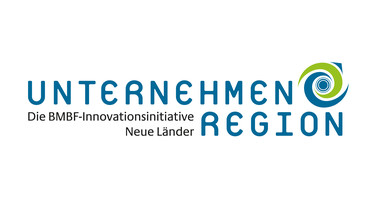Electroencephalography (EEG) is an important clinical and research method. Artifacts overlaying the original signals are a reoccurring problem in EEG. Due to the increasing number of EEG electrodes and high sampling rates, efficient methods for signal analysis and artifact detection are required.
A promising approach enabling online artifact detection is the spatial harmonic analysis (SHA) of EEG data. This method allows signal decomposition based on the eigenspace of the Laplace-Beltrami operator of the triangulated surface of the electrode positions. The resulting signal components are utilized for detecting artifacts in EEG data. We propose a method combining SHA and support vector machines (SVM) for artifact detection. The spatial harmonic signal components are classified binary by a previously trained SVM resulting in one group containing the artifact affected components and one group including the artifact free ones.
Spontaneous EEG signals of ten healthy male volunteers were recorded using a 256-channel cap with an equidistant electrode layout and two coupled 128 channel amplifiers (ANT B.V., Enschede, The Netherlands). Data were sampled at 2048 Hz and band-pass (1 – 300 Hz) and notch (50 Hz and four harmonics) filtered. The recorded resting EEG signals were manually checked for eye blink and swallowing artifacts. Those were individually segmented from the data sets resulting in EEG segments with (134) and without (185) eye blinks as well as with (52) and without (86) swallowing artifacts. The segments consist of 800 ms on average.
The EEG segments for each type of artifact were divided into two-thirds acting as test data and one-third available as training data. To train the SVMs equal amounts of artifact containing and artifact free EEG data were randomly selected from the training data sets.
With a training data set of 5,000 ms a correct classification rate (CCR) of 95 % was achieved for the eye blink test data. The swallowing artifact test data were classified correctly with a CCR of 83 %, using 10,000 ms training data.
The proposed method using SHA and SVM for artifact detection in EEG data enables an efficient identification of artifact containing and artifact free EEG segments, respectively. Due to the low computation times for SHA and SVM, the method is well suited for online artifact detection.


















